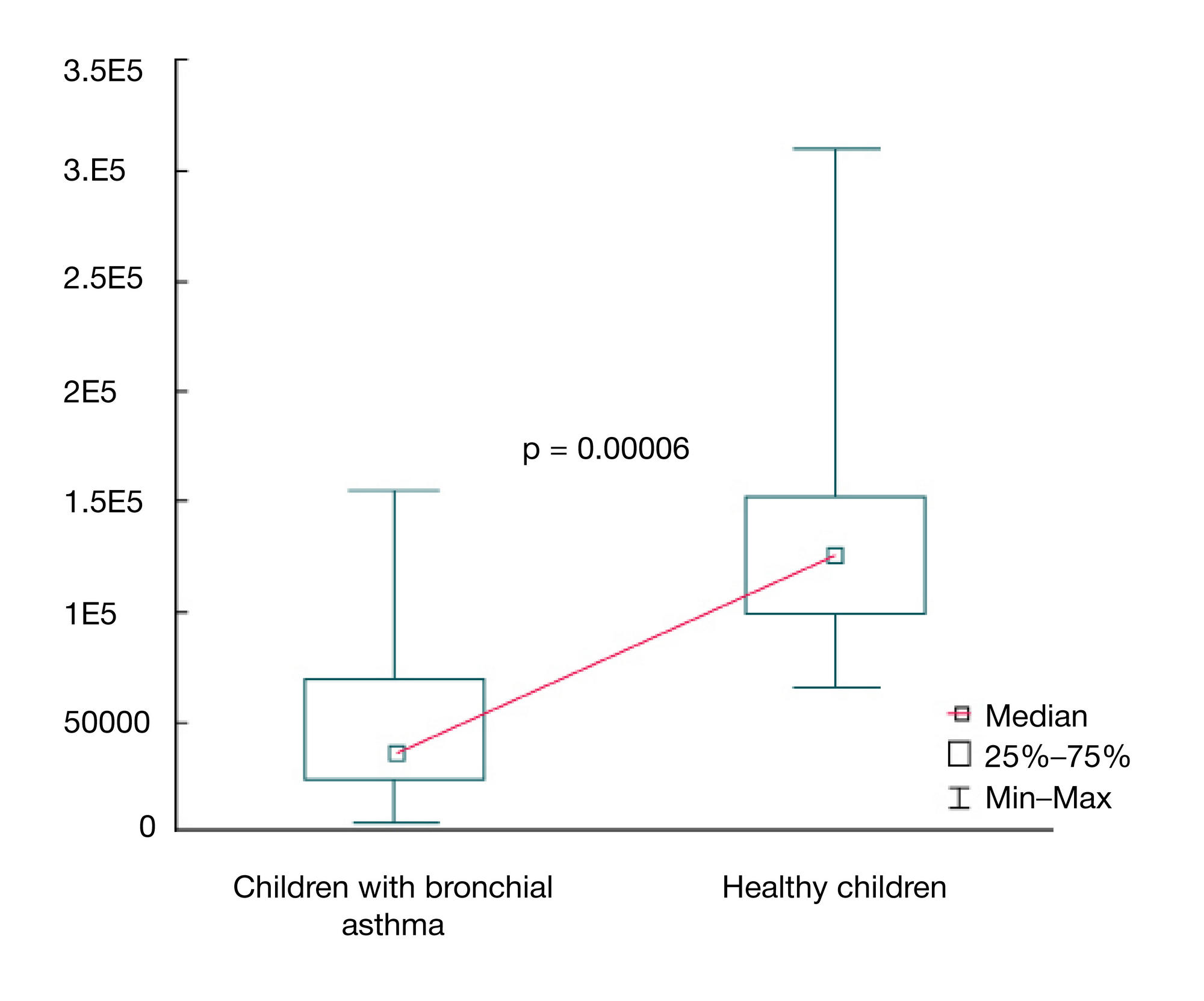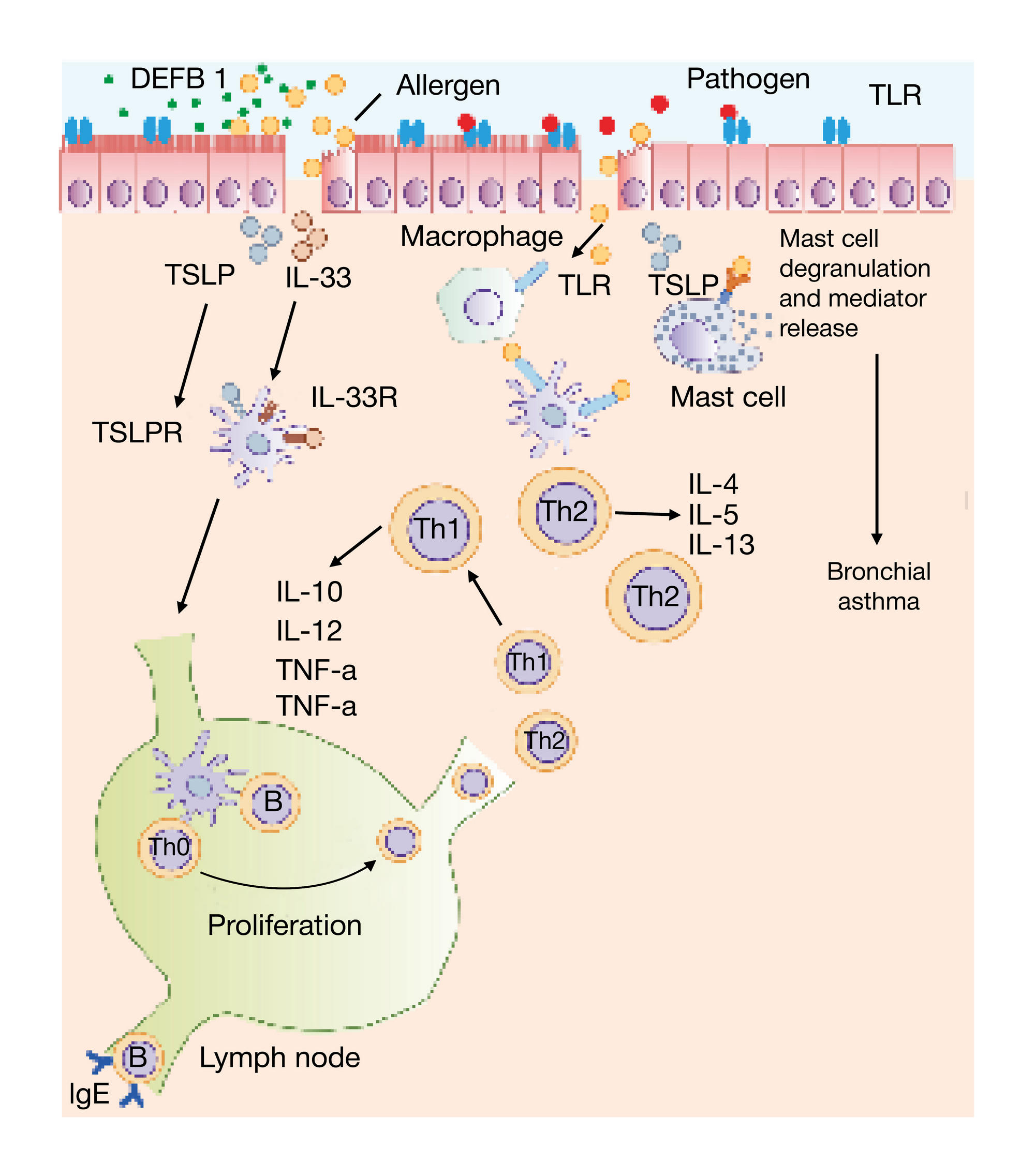
ISSN Print 2500–1094
ISSN Online 2542–1204
BIOMEDICAL JOURNAL OF PIROGOV UNIVERSITY (MOSCOW, RUSSIA)

1 Department of Immunology, Biomedical Faculty,
Pirogov Russian National Research Medical University, Moscow, Russia
2 Laboratory of Molecular Immunology,Mechnikov Research Institute of Vaccines and Sera, Moscow, Russia
3 Scientific Center of Children's Health, Moscow, Russia
Correspondence should be addressed: Margarita Zaitseva
ul. Svyazistov, d. 10, kv. 68, Krasnoznamensk, Moscow oblast, Russia, 143090; ur.tsil@ecitsa


